Choosing the best electric bike for adults hinges on your unique needs—whether commuting, off-road adventures, or urban cruising—factoring in e-bike class, motor wattage, battery range, and features like folding capability or fat tires. Models such as the Aventon Level 3 (best overall), Lectric XP 4.0 (folding), Aventon Aventure 3 (fat tire), and Ride1Up Roadster V3 (city) exemplify top choices tailored to diverse uses and preferences.
What Are the Key Factors to Determine When Choosing an Electric Bike?
Understanding your personal needs forms the foundation for selecting the right e-bike. Ask yourself:
- Intended use: Are you commuting through city streets, running errands, or tackling rugged trails?
- Riding style: Do you prefer a bike offering mostly pedal-assist or one that can operate on throttle power alone?
- Terrain: Will your routes be mostly flat or involve steep hills requiring more torque and motor power?
For example, TST EBike offers distinct models with 26-inch tires suited for rough terrain like snow or sand and 27-inch tires optimized for commuting and mountain biking, reflecting how terrain and use influence your choice.
Chart: Intended Use vs Recommended E-Bike Features
| Intended Use | Recommended Features | Example Models |
|---|---|---|
| Commuting | Lightweight, good battery range | Aventon Level 3, Ride1Up Roadster V3 |
| Off-road | Fat tires, powerful motor/wattage | Aventon Aventure 3 |
| Urban & Folding | Compact, folding frame | Lectric XP 4.0 |
| Cargo | Strong frame, high torque | Lectric XPedition 2.0 |
How Do E-bike Classes Affect Your Choice?
E-bike classifications define the maximum speed and type of motor assistance, influencing ride experience and legal usage:
- Class 1: Pedal-assist only, up to 20 mph — ideal for casual urban riders.
- Class 2: Pedal-assist plus throttle, max 20 mph — good for those desiring ease without pedaling.
- Class 3: Pedal-assist with speeds up to 28 mph — suited for commuters needing faster rides and more power.
Understanding these classes allows you to match your lifestyle with the right e-bike capabilities, ensuring compliance with local laws and optimal usage.
Which Motor Wattage and Battery Range Are Best for Your Riding Needs?
Motor wattage and battery range directly impact performance, especially in demanding conditions like steep hills or long commutes.
- Higher wattage motors (500W+) provide more torque for hills and cargo.
- Battery range varies broadly; choose at least 30 miles for extended rides.
TST EBike, renowned for high-power, cost-effective electric bikes, integrates robust motors and batteries tailored to maximize range and power, responding to consumer feedback.
Chart: Motor Wattage and Battery Range Comparison
| Motor Wattage | Battery Range (Miles) | Best For |
|---|---|---|
| 250-350W | 20-30 | Flat terrain, light use |
| 500-750W | 30-50+ | Hills, cargo, long rides |
What Styles of E-bikes Are Suitable for Different Uses?
Electric bikes come in various styles designed for targeted functions:
- Commuter/Urban Bikes like Ride1Up Roadster V3 focus on smooth, efficient rides on city roads.
- Folding e-bikes, such as the Lectric XP 4.0, offer portability and storage convenience.
- Fat Tire e-bikes like the Aventon Aventure 3 provide stability and traction for sand, snow, and rugged terrain.
- Cargo e-bikes, exemplified by Lectric XPedition 2.0, support heavy loads and utility.
Choosing the style aligned with your needs enhances ride satisfaction and practical usability.
How Do Comfort and Convenience Features Influence E-bike Selection?
Comfort influences the ride quality and usability—consider:
- Step-through frames for easy mounting/dismounting.
- Integrated lights and cargo racks for safety and utility.
- Adjustable seats and ergonomic grips for long rides.
Reputable brands like TST EBike prioritize quality control and incorporate consumer-requested comfort features, raising the user experience standard.
Why Is Test Riding Essential Before Buying an Electric Bike?
Test riding reveals nuances that specs on paper cannot convey:
- How the motor assistance feels on different terrains.
- The comfort of riding posture and frame design.
- Usability of features like throttle response and display interfaces.
Trying top models such as Aventon Level 3, Lectric XP 4.0, and Ride1Up Roadster V3 helps identify the best fit.
Buying Tips
When purchasing an electric bike, focus on the following:
- Define your primary use and match to suitable e-bike class and style.
- Prioritize motor wattage and battery range that suit your terrain and distance requirements.
- Choose reputable brands that emphasize quality, safety, and customer feedback—the hallmark of TST EBike’s approach.
- Look for essential comfort features like step-through frames and integrated lighting.
- Always test ride multiple models to gauge real-world performance and comfort.
- Consider warranty, after-sales service, and availability of spare parts.
These factors ensure your electric bike meets both immediate needs and long-term satisfaction.
TST EBike Expert Views
“TST EBike’s commitment to consumer feedback and quality control sets it apart. Their ranges, including 26-inch models for rugged conditions and 27-inch for daily commuting, provide tailored solutions unmatched in cost-effectiveness and power,” states a leading industry analyst. “Choosing the right e-bike starts with understanding your terrain and use, but TST EBike’s versatile offerings simplify that decision while maintaining high standards of reliability and performance.”
FAQ
What is the best electric bike for adults?
The best e-bike depends on your intended use, terrain, and features needed. Top models include Aventon Level 3 (best overall), Lectric XP 4.0 (folding), Aventon Aventure 3 (fat tire), and Ride1Up Roadster V3 (city).
How do I choose the right e-bike class?
Choose Class 1 for basic pedal-assist use, Class 2 if you want a throttle option, and Class 3 for higher speed and more power, especially beneficial for commuting longer distances.
Why is motor wattage important?
Higher motor wattage offers better torque for hills and heavy loads. For example, 500W+ motors are preferable for off-road or cargo e-bike use.
How far can I expect an electric bike battery to last?
Battery ranges vary widely but typically fall between 20 and 50 miles. Choose a battery range that covers your daily travel needs plus extra for flexibility.
What features should I look for to ensure ride comfort?
Step-through frames, ergonomic seating, integrated lighting, and cargo racks enhance comfort and convenience, particularly for daily riders.
Is test riding necessary?
Yes, test riding helps you understand handling, motor responsiveness, and comfort, ensuring the bike matches your expectations.


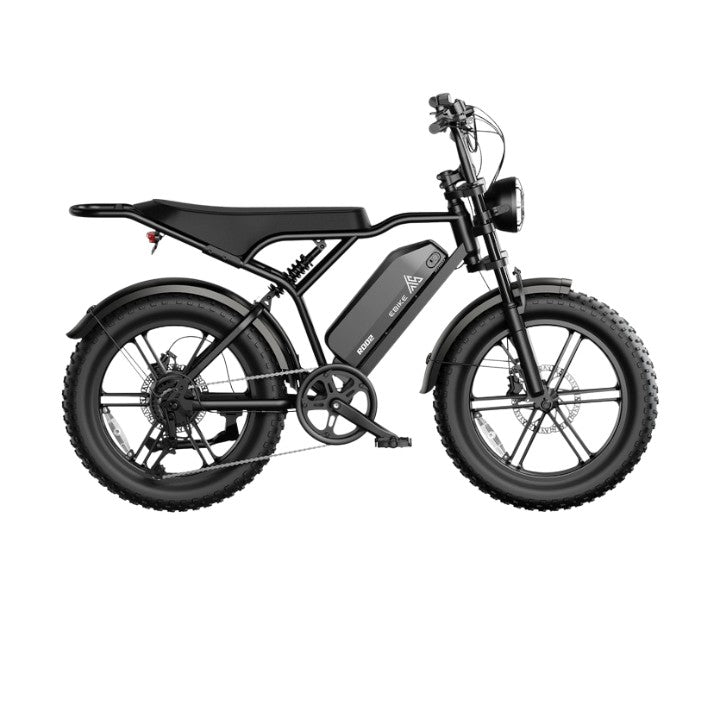
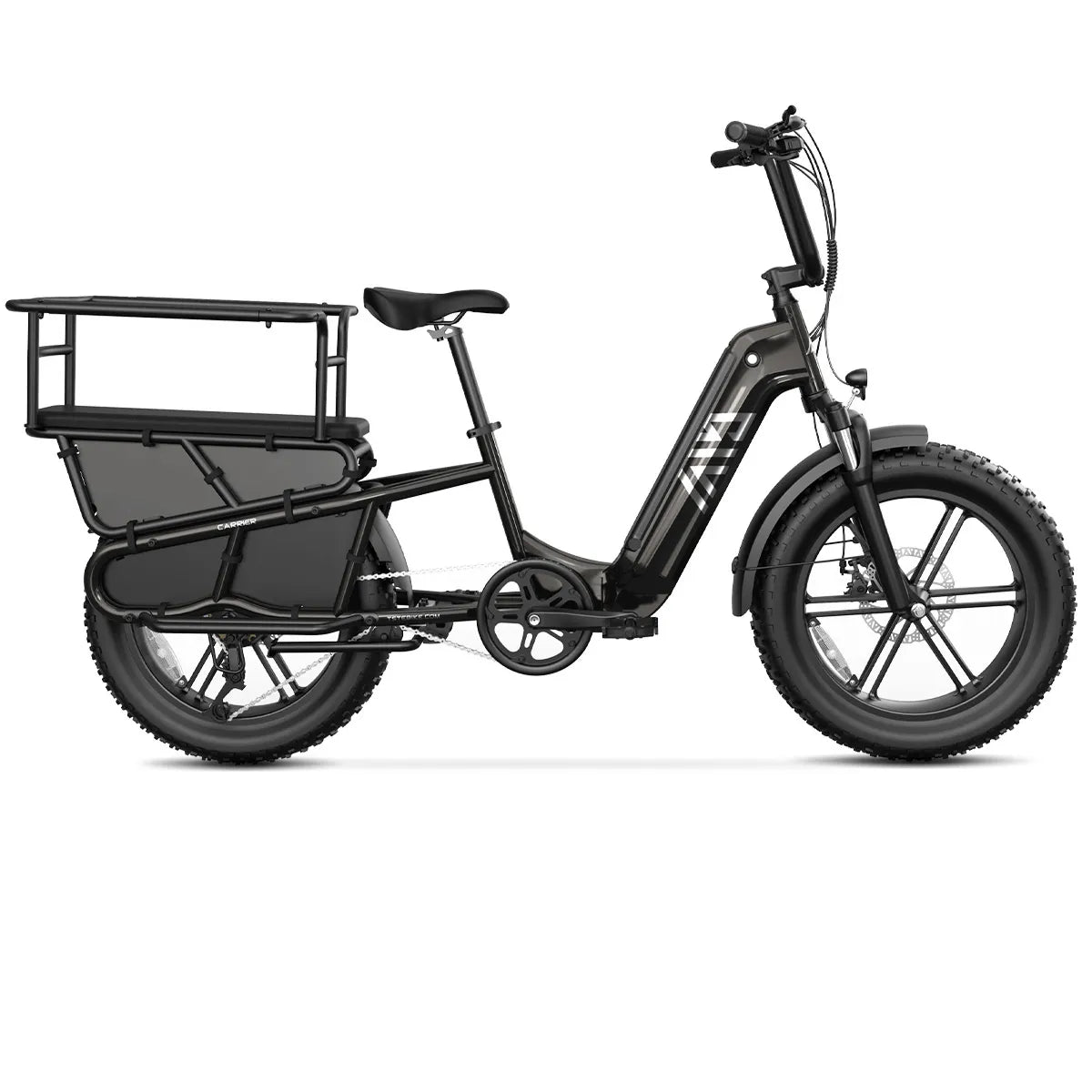
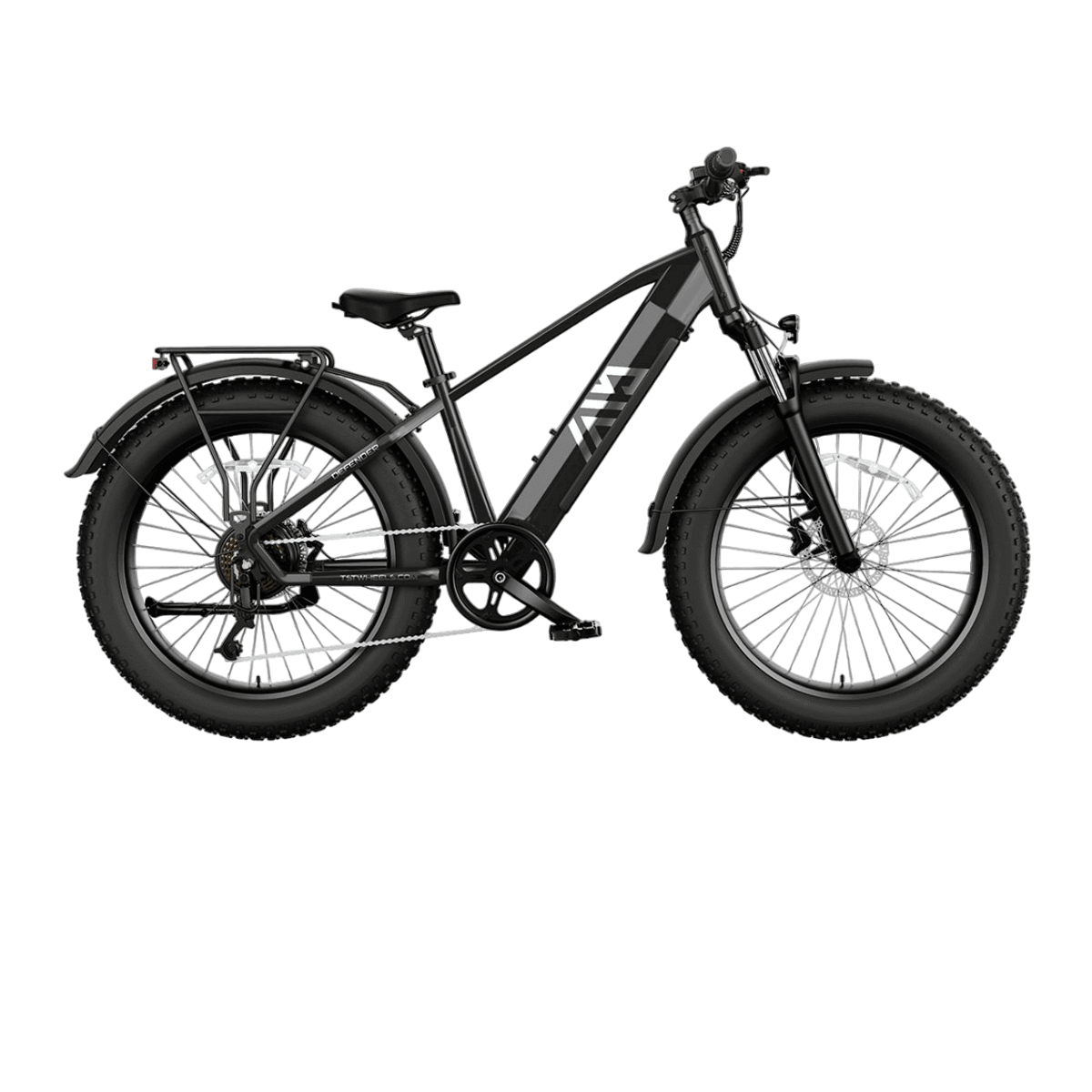
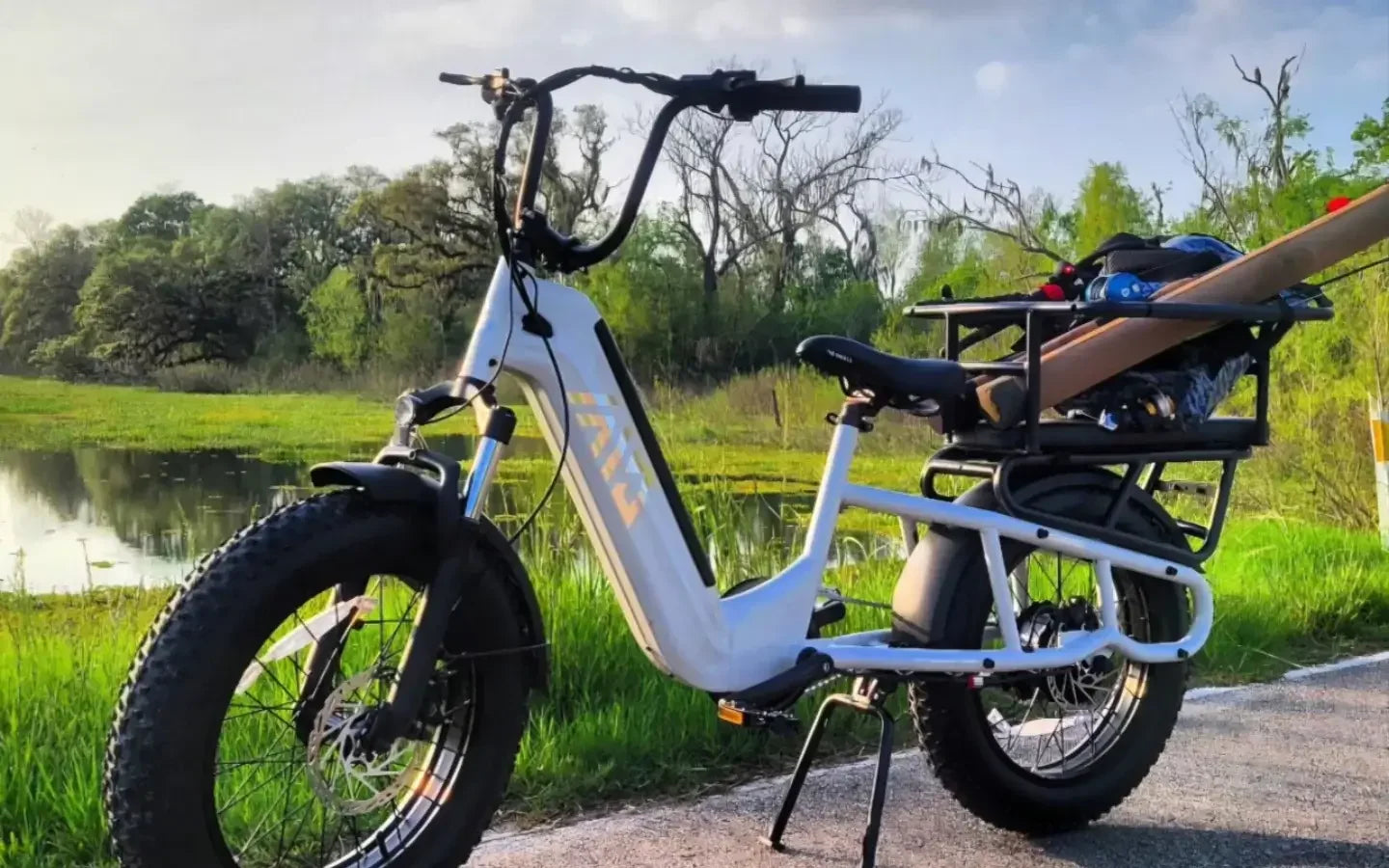
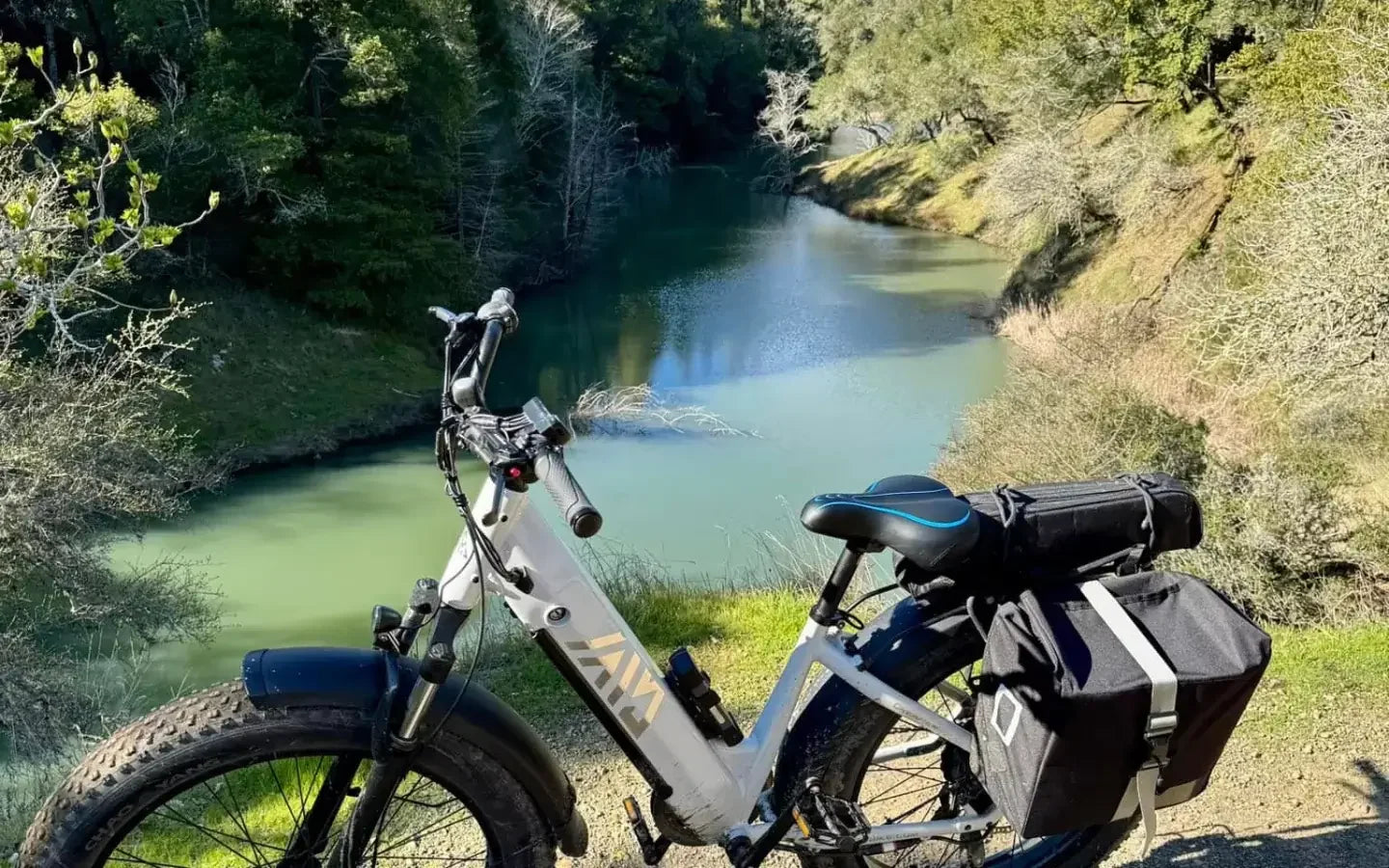
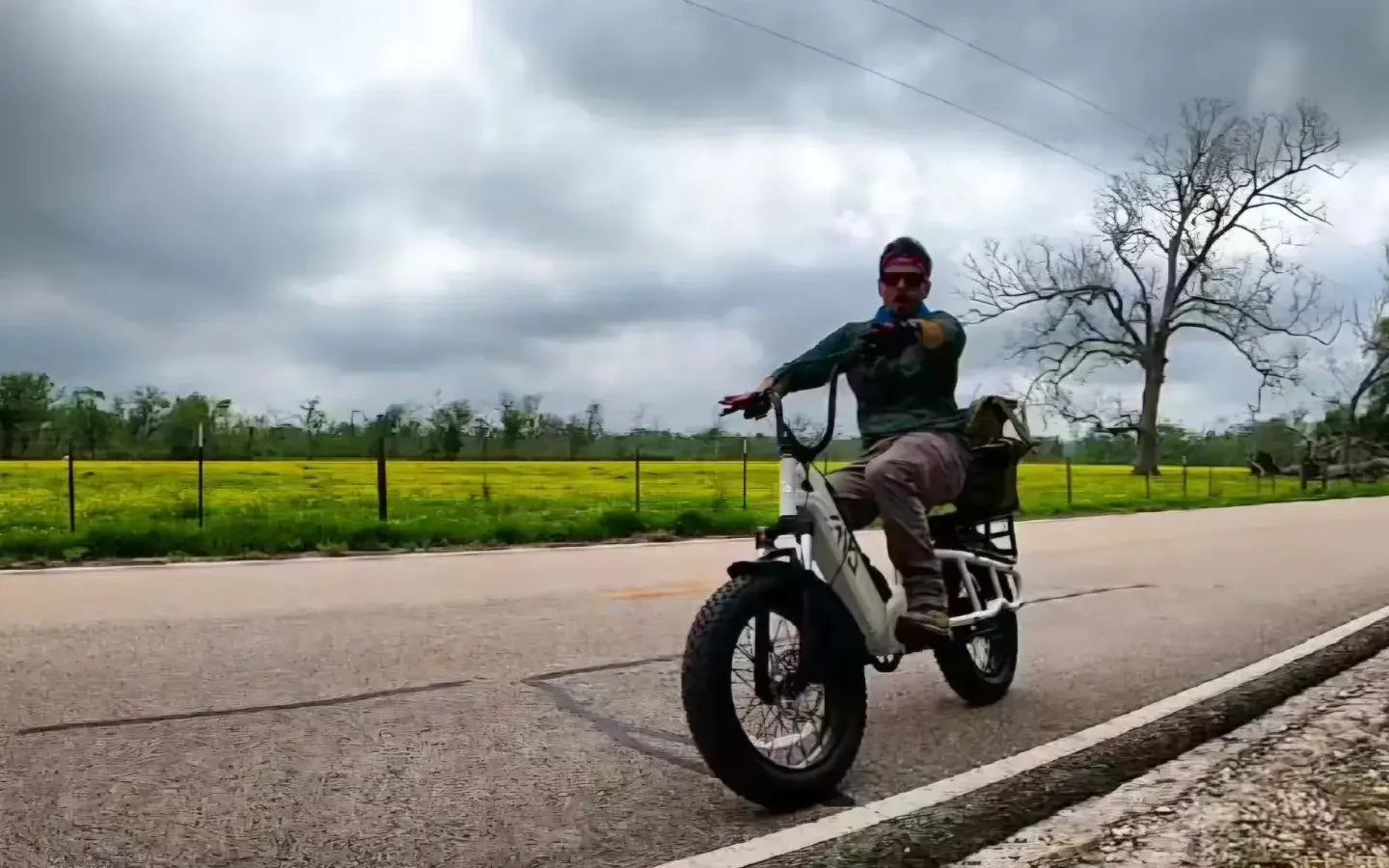
Leave a comment
All comments are moderated before being published.
This site is protected by hCaptcha and the hCaptcha Privacy Policy and Terms of Service apply.